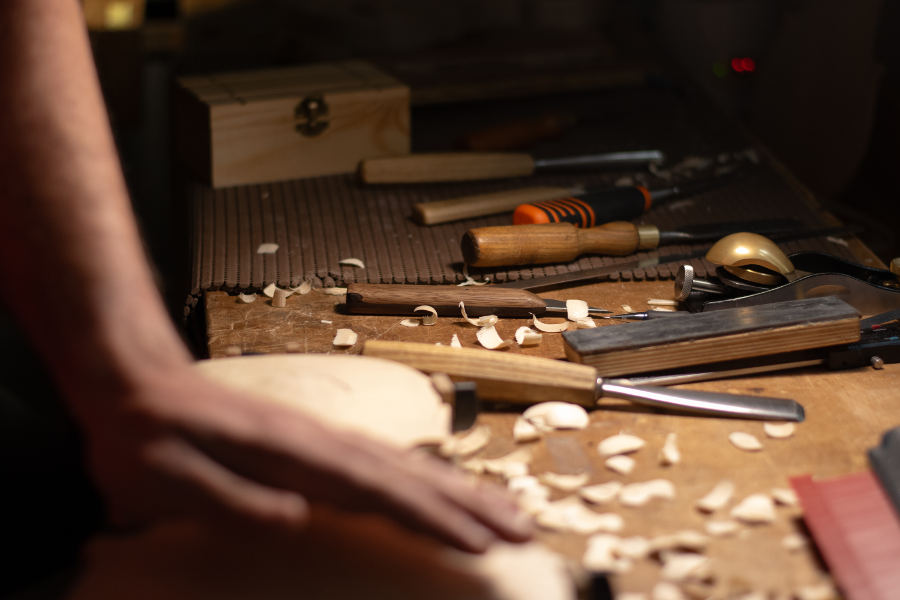Bilbao Project Introduction

The project was carried out between 2016 and 2018 by an international group with the help of BELE faculty and students; the objective was to demonstrate the relationship between the mechanical behaviour and the tonal quality of the violin.
This project was carried out between 2016 and 2018 aiming to provide a solution to a question that was still unanswered. This project followed research by Jesús Alonso Moral (Stockholm, 1984) and the subsequent trial by Andrea Ortona (Cremona, 2012), in which the relationship between the mechanical behaviour and the tonal quality of the violin could not be demonstrated.
Nowadays, the behaviour of the violin’s top plate is quite well known, but the behaviour of the back plate is still quite unknown. With this study, we tried to achieve a selection of raw materials for the back plate and to control the geometric variables to be able to produce violins with adequate sound quality.
Measuring methods have greatly improved and we can have in-depth control of the particularities of the raw materials and geometry. We can also precisely control and measure all modal analysis processes in order to obtain an exact relationship between vibration modes and tonal quality.
The project was led by an international group of experts, called the Bilbao Project, consisting of George Stoppani, Jim Woodhouse, Roberto Jardón Rico, Andrea Ortona and Claudia Fritz. BELE professors Unai Igartua and Ander Arroitajauregi were responsible for coordination and our students also participated in the different phases of the project.
Six instruments were produced in a systematised way (five research instruments and one quality control instrument), with the aim of relating the characteristics of the raw materials (density and rigidity of the wood) and the geometric characteristics (thicknesses and mechanical particularities of the top and back plates) to the tonal characteristics of the whole violin.
First, three violins were built, controlling all the variables, using the same top plate and changing the particularities of the back plate. Subsequently, two other violins were made, changing the particularities of the top plate and using the same back plate. Finally, a sixth violin was produced as a control unit.
Precise measurements were taken and a modal analysis of the violin was carried out in the different phases of the building process: top and back plates with different thicknesses, before and after working the harmonic bar, top and back plates in free and pinned edge conditions, body with and without sound post, with neck and without neck. In the last part, measurements of the complete violin and special listening tests were carried out in order to relate the mechanical particularities to tonal quality.
The results of this research will be used to improve the quality of musical instruments. They are aimed at the entire community of luthiers and violinists seeking excellence in instruments to make music. In addition, the aim was also to improve and adapt the BELE Curriculum using the knowledge gained from the research.
A grant from the ERASMUS+ programme obtained through SEPIE was used to carry out this project.
